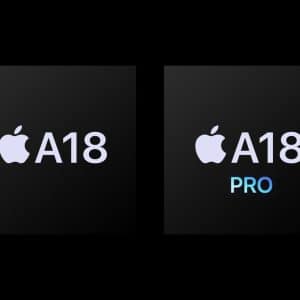Available VR headsets cover every aspect of a player’s sight to immerse them within a virtual world completely, and with Oculus Rift, PlayStation VR and HTC Vive players can bring a physical representation of their hands into the world with a special set of controllers to help them interact with their surroundings. But what about your feet?
Movement within VR games is still an issue for many games, with players opting to simply use a controller to physically move within the virtual space, which kills engagement somewhat. Omni-directional treadmills are available to simulate walking without the player moving, but many are either unavailable to consumers or too costly for them to consider.
Japanese company Cerevo has developed a product to hopefully provide a more accessible means of simulating movement within virtual reality. The Taclim VR shoes that were shown off at CES 2017 allow users to move freely within VR worlds and also send vibration feedback to the wearer’s feet depending on what kind of terrain they’re walking on.

Each shoe operates with a Bluetooth 4.1 connection and comes with built-in gyroscopes and sensors which have been designed to measure acceleration to help control movement speeds and create specific levels of vibration depending on what kind of terrain the player is on. The shoes will also come with a set of glove-type controllers – in case you didn’t want to invest in yet another peripheral.
Although the shoes themselves look like something a sadistic orthopedic surgeon would prescribe, the idea of actually simulating the feel of something within virtual reality is very exciting and also very scary. The ability to touch the items that we see in VR games puts us one step closer to 100% immersion.

Unfortunately, Cerevo has stated that the shoes will only be compatible with Google Daydream and Google’s VR creations upon launch, but they intend to make the shoes compatible with popular gaming VR headsets in the future. A developer kit has been created for the Unity game engine, which should provide budding game devs to implement these shoes into their creations. Another hindrance may come in the form of the price tag. Cerevo is expecting to ship the product at $1,000, which will probably be enough to put the casual players off.
Full body immersion is creeping its way towards the consumer market, with Cerevo aiming for a 2017 launch. Last year was already a terrific one for VR gaming, with the Oculus Rift, PSVR and HTC Vive all welcomed by eager gamers with open arms, and with additional touch and movement capabilities implemented in the form of new and exciting tech, the future looks bright for VR.






